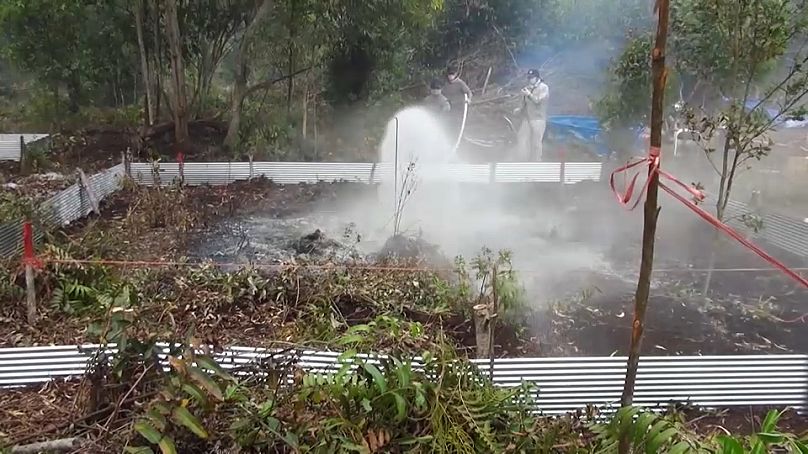
Rep. Rashida Tlaib, D-Mich., said Tuesday that passing Build Back Better and ending the filibuster could advance a progressive agenda in a response to the State of the Union address. File Photo by Sarah Silbiger/UPI | License Photo
March 1 (UPI) -- Rep. Rashida Tlaib, D-Mich., called for Congress to pass President Joe Biden's Build Back Better Plan and eliminate the filibuster in a progressive response to the State of the Union on Thursday night.
Tlaib was representing the Working Families Party, which she described as "a voice for the multiracial working class" as she called for a unified progressive Congress.
"Imagine a government where corporate donors don't drive healthcare, climate, education and poverty policies. Where the working families call the shots," she said. "It's time we had a majority in Congress to fight for us -- A Working Families majority."
A Working Families majority, she continued, would work with Biden to guarantee healthcare as a basic right, make life-saving medicine affordable, make abortion care a fundamental right, address rising housing costs and "transform our broken immigration system."
She said that Build Back Better is a key part of the agenda as it would lower prescription drug costs, provide affordable childcare and free education, build affordable housing, invest in renewable energy and create green jobs.
"No one fought harder for Biden's agenda than progressives," said Tlaib. "But two forces stood in the way: A Republican Party that serves the rich and powerful. And just enough corporate-backed Democratic obstructionists to help them succeed."
Tlaib railed against the influence donors have over some elected officials, saying that "disproportionate representation in the Senate distorts the democratic will of the people" while taking aim at the filibuster.
"The filibuster continues to be used to block action to end inequality and injustice in our country. We must abolish it in the Senate, like the House did decades ago," she said.
She also called on Biden to take further actions to enact a progressive agenda such as canceling student loan debt, banning fossil fuel drilling and mining on federal lands and making more Americans eligible for federal benefits.
Tlaib called on Americans to vote to elect a Working Families majority and prevent Republicans from gaining control of Congress in the upcoming midterm elections.
"We must connect on the dreams we have for our children and the hopes we have for our communities," she said. "When we connect with one another we can outwork the hate and show the people who want to ensure we never have a seat at the table that we aren't going anywhere."



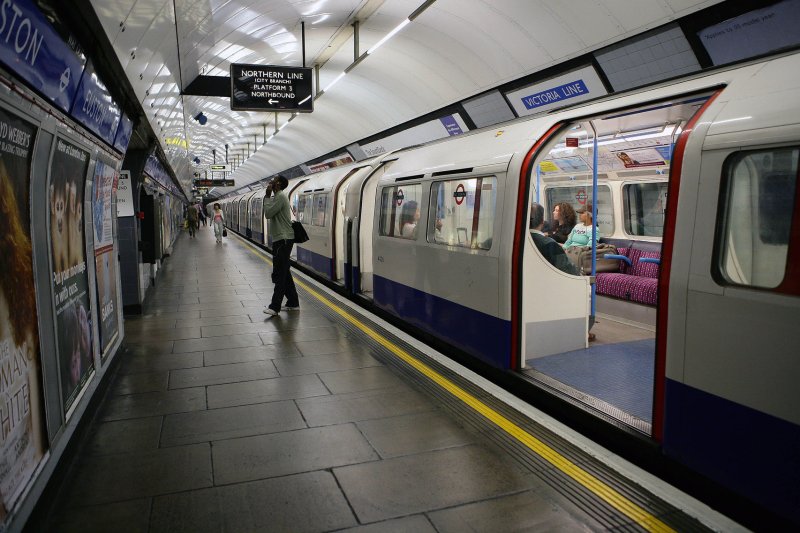
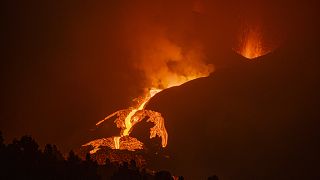
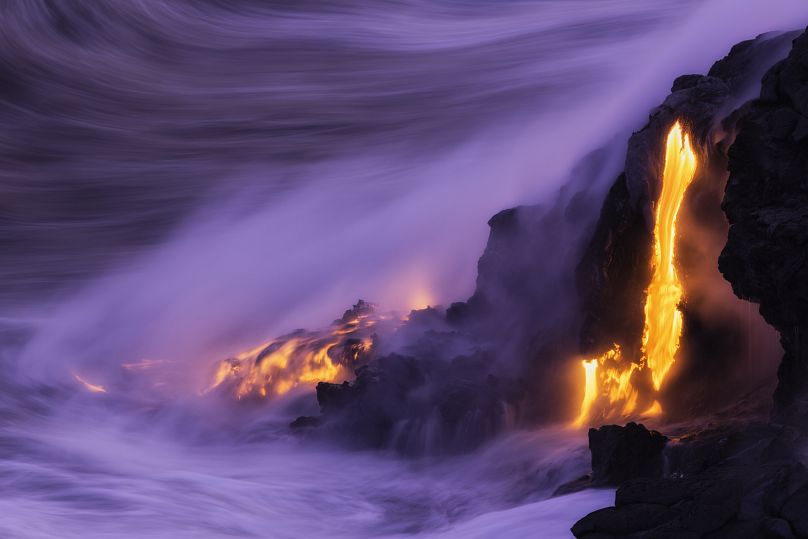
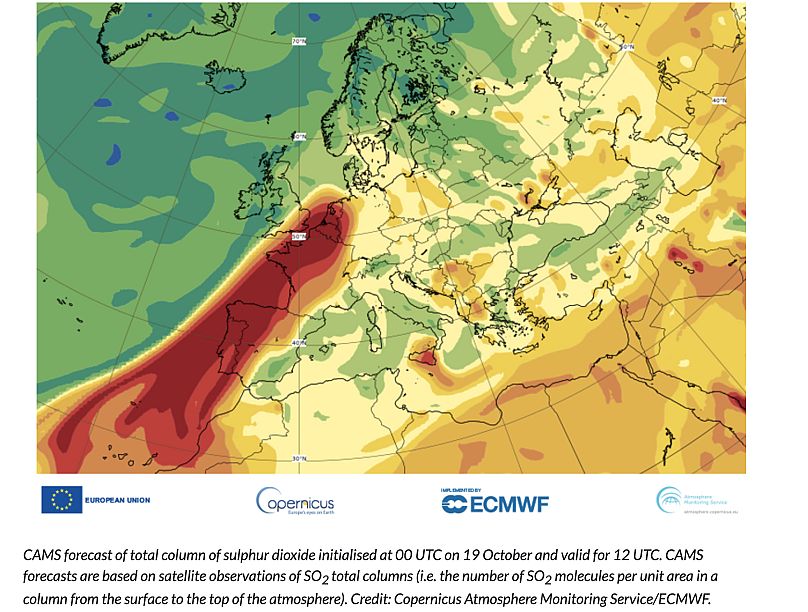

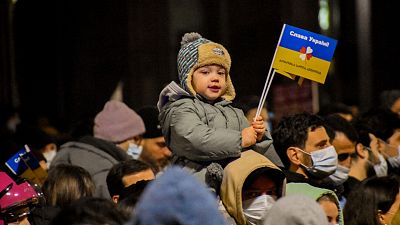
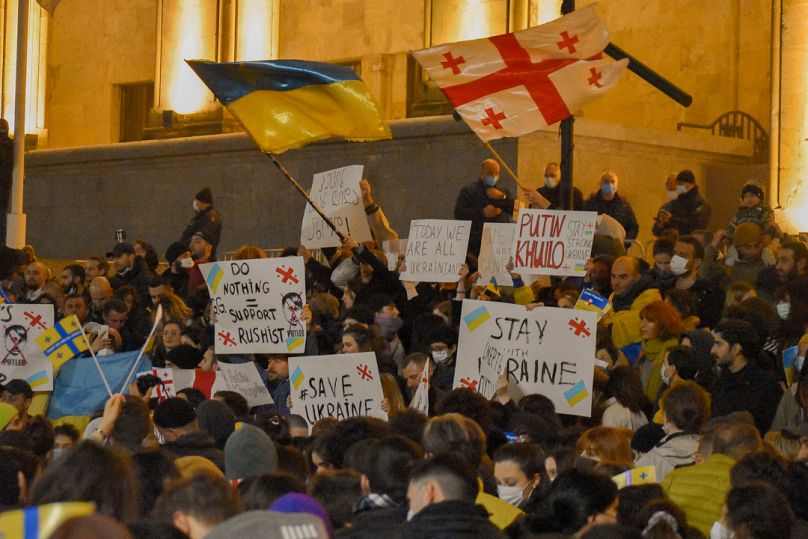
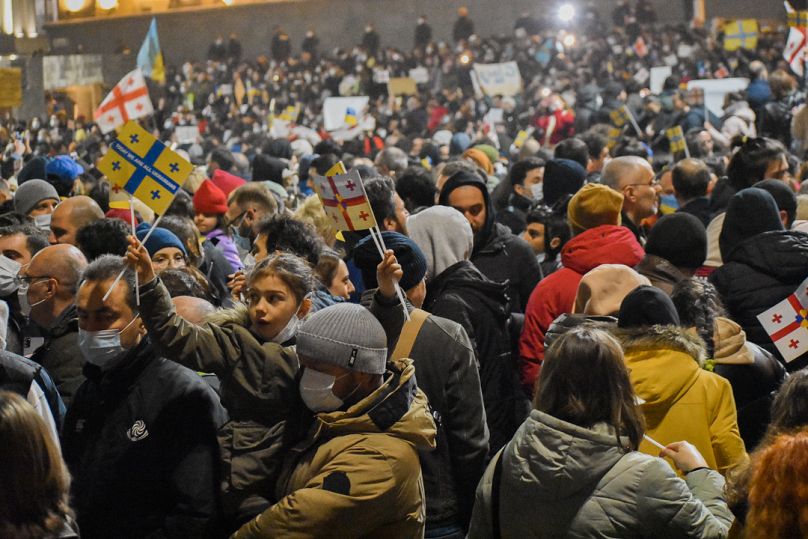
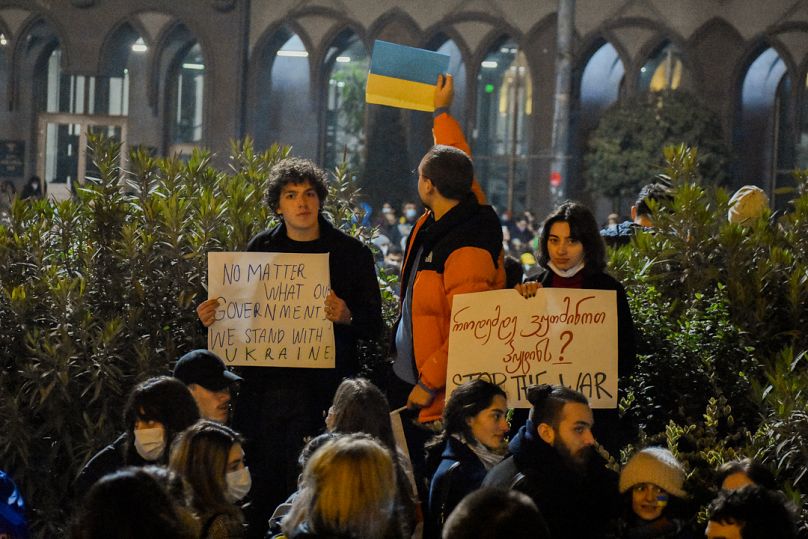
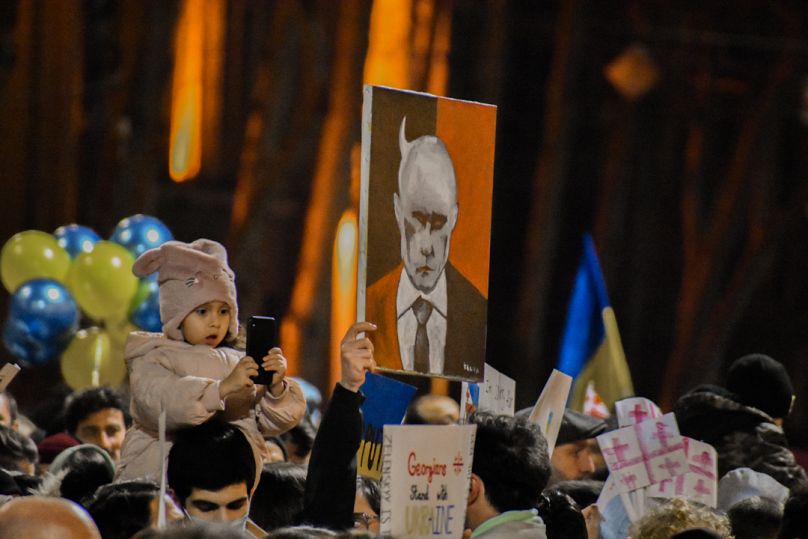



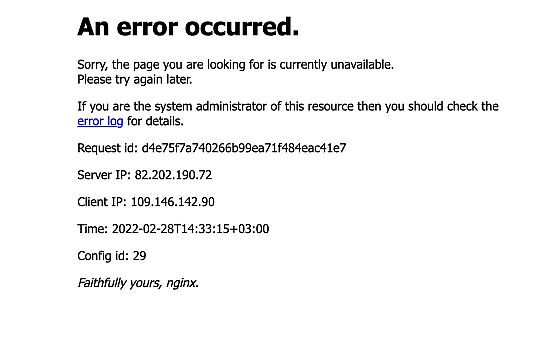 An error message on TASS’s website on Monday morning.Euronews
An error message on TASS’s website on Monday morning.Euronews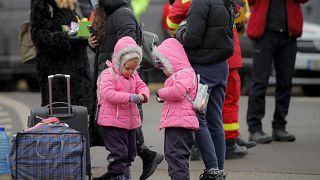


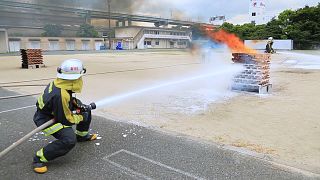
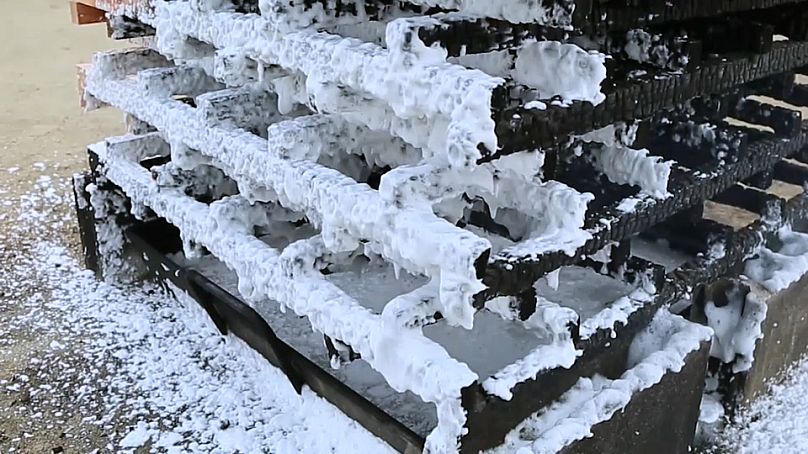 T
T